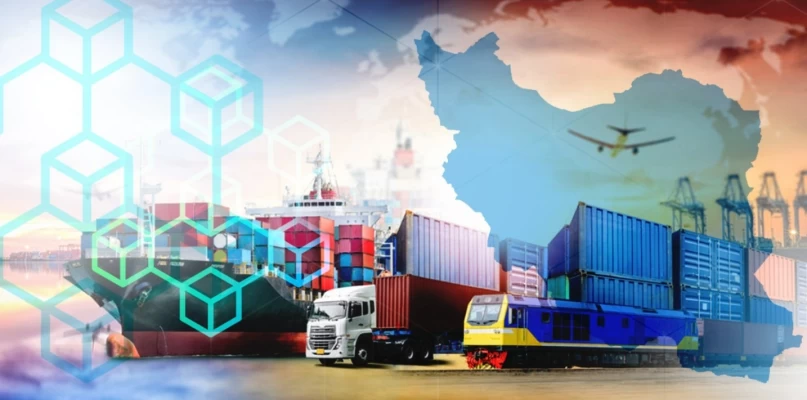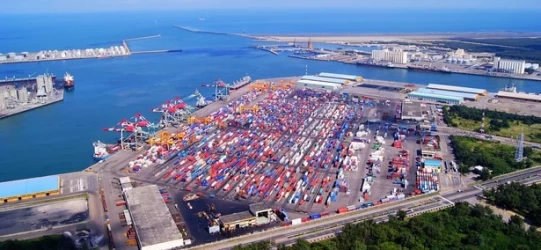Iran Logistics
Iran, strategically located at the crossroads of Europe, Asia, and the Middle East, plays a pivotal role in global logistics. The country’s logistics sector is a dynamic and evolving field, driven by its unique geographical position, extensive infrastructure, and ambitious development plans.
Strategic Location
Iran’s geographical position makes it a vital transit hub for international trade. It borders seven countries and has access to the Persian Gulf and the Caspian Sea, providing multiple routes for the movement of goods. This strategic location facilitates trade between Europe, Asia, and the Middle East, making Iran an essential player in regional and global logistics networks.
Infrastructure Development
Iran has invested significantly in developing its transportation infrastructure. The country boasts an extensive network of roads, railways, ports, and airports. Key projects include the expansion of the Chabahar Port, which aims to become a major transit hub for goods moving between Central Asia and the Indian Ocean. Additionally, the North-South Transport Corridor (NSTC) is a multi-modal network that connects India, Iran, Russia, and Europe, reducing transit time and costs for goods moving between these regions.
Road Transport
Iran’s road network spans over 200,000 kilometers, connecting major cities and industrial hubs. The government has prioritized the expansion and modernization of highways to improve domestic and international trade routes.
Rail Transport
Rail transport is also a crucial component of Iran’s logistics sector, with over 13,000 kilometers of railway lines. The country is working on several rail projects to enhance connectivity with neighboring countries and integrate into international rail networks.
Air Freight
Iran’s air freight sector is supported by several international airports, including Tehran’s Imam Khomeini International Airport, which handles a significant volume of cargo.
Sea Freight
The country’s sea freight capabilities are anchored by major ports such as Bandar Abbas and Chabahar. These ports are equipped with modern facilities to handle large volumes of containerized and bulk cargo, making them key nodes in global shipping routes.
Challenges and Opportunities
Despite its strategic advantages, Iran’s logistics sector faces several challenges. Economic sanctions have impacted the country’s ability to attract foreign investment and access advanced technologies. However, Iran’s government is actively seeking to overcome these obstacles by fostering partnerships with neighboring countries and investing in infrastructure development.
The potential for growth in Iran’s logistics sector is substantial. The country’s efforts to modernize its infrastructure, coupled with its strategic location, position it as a key player in the future of global trade. As international relations evolve and economic conditions improve, Iran’s logistics sector is poised to become a major driver of economic growth and regional connectivity.
Conclusion of Iran Logistics
Iran’s logistics sector is a critical component of its economy, leveraging the country’s strategic location and extensive infrastructure. With ongoing investments and development projects, Iran is set to enhance its role in global logistics, facilitating trade and fostering economic growth in the region.
If you have any specific questions or need more detailed information, feel free to ask!











